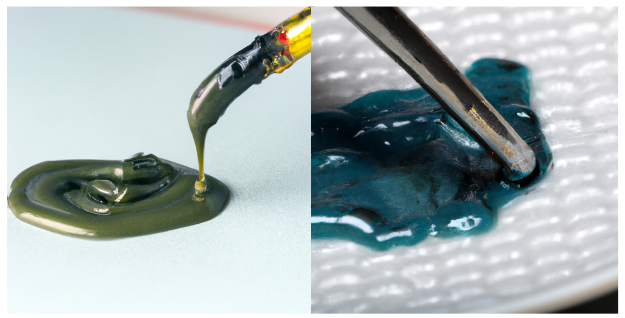
What may seem like a minor ingredient in the world of electronics manufacturing, solder paste is actually a major player when it comes to ensuring the boundless quality and reliability of electronic components. It is in the solder paste’s composition as well as its application that it plays a principal factor in the process of assembly. In this complete guide, solder paste will be comprehensively covered, starting from its definition to how to select the correct products.
What is solder paste?
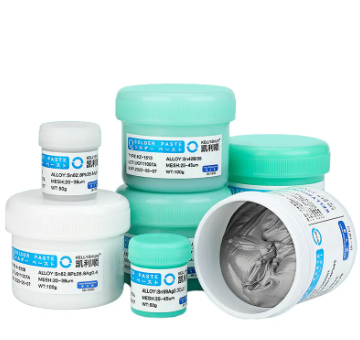
Solder paste is used for the manufacturing of electric solder wire. It is a combination of alloy and flux powder or solder powder. The main component of the alloy is a mixture of 63% tin and 37% lead (usually denoted by Sn63Pb37) or a lead-free substitute that consists of tin, copper, and silver (SnAgCu). The flux, on the other hand, is a chemical solution that consists of products that remove oxides from the metal surfaces that are being soldered and solder particles and, in turn, allow for an effective solder bond.
Composition of Soldering Paste
Here are the lists of composition of soldering paste:
Metal Powder
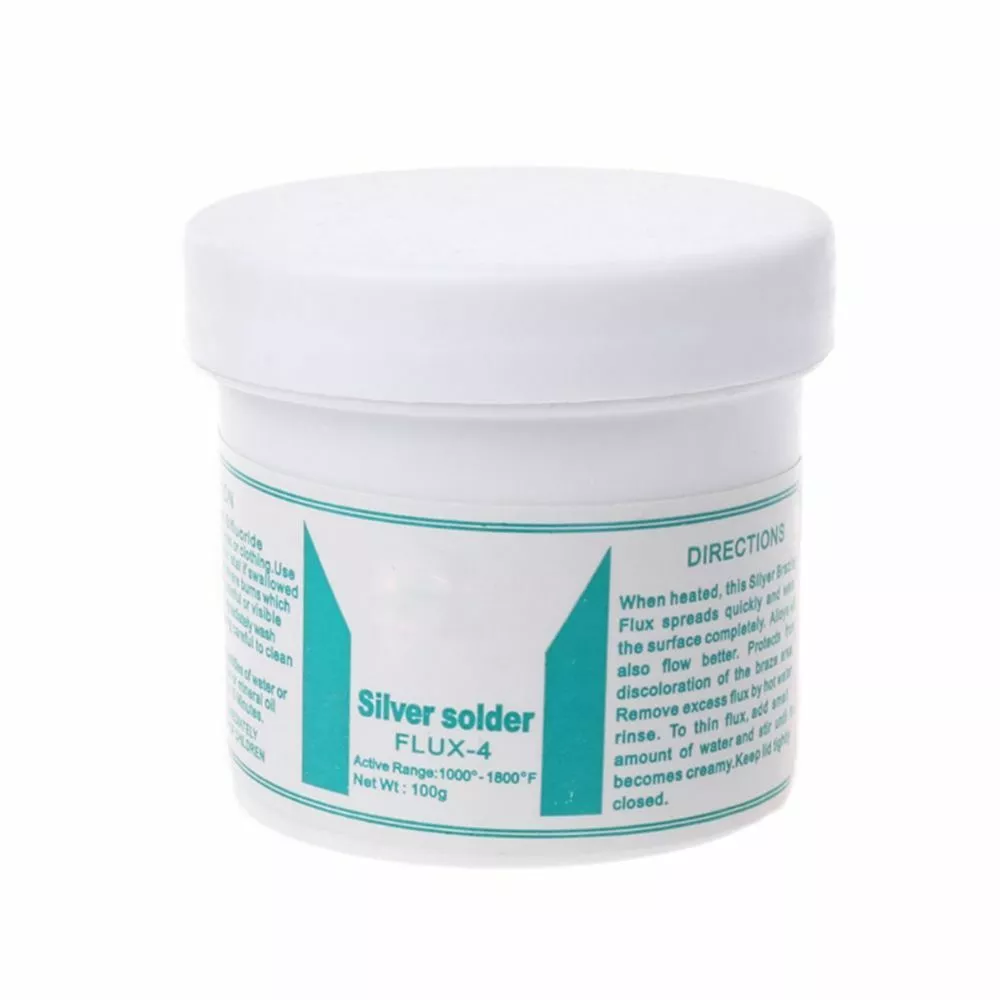
The solder paste most notably consists of the metal powder that serves as a real solder material. It turns into a liquid while soldering, and thus there is a permanent connection (metallurgy) between the parts connected.
Flux
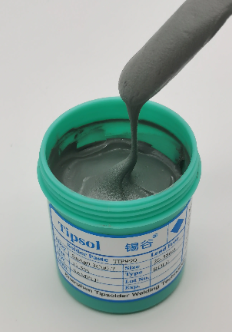
The flux is an important constituent of the solder paste in many ways; for instance, it cleans the surfaces, removes oxides, and promotes wetting, which in turn guarantees the beneficial solder connection.
Types of Solder Paste
There are the types of solder paste:
Lead-based Solder Paste
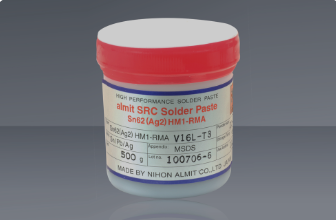
Conventional solder paste has a lead content, which makes the solder melt easier and induces good wetting capability. Nevertheless, the environmental hazards are now considerably higher for lead-containing ones, and as a result, lead-free alternatives are on the rise.
Lead-free Solder Paste
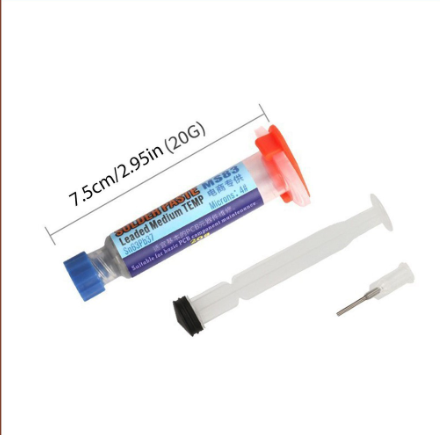
As in the case of lead-free solder paste, tin, silver, and copper are the main components, but in addition, we have some other materials. These alloys have higher melting points than the lead solder composition, yet they meet or surpass the standard originally set out, and they are considered to be safer.
When do you use solder paste?
The solder past is the most essential one in the industry of electronics manufacturing while producing printed circuit boards (PCBs). It is a very important part of surface mount technology (SMT), which has become very popular due to its effectiveness and high level of reliability for electronic component placement.
Here’s a breakdown of when and how to apply solder paste is typically used:
Surface Mount Technology (SMT)
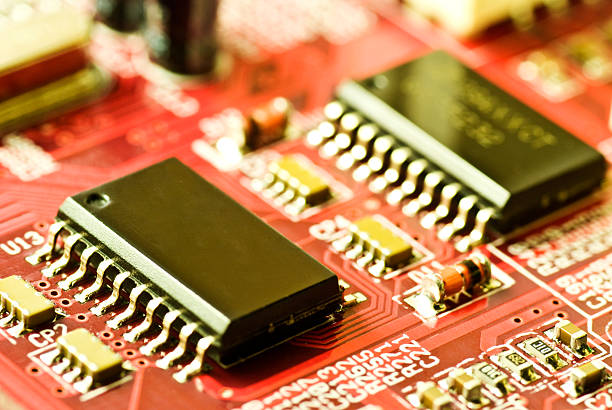
Solder paste, referred to as the SMT process’s important little thing, solders electronic components to printed circuit board. Parts like resistance, capacitance, integrated circuits, and other SMDs lie on solder paste’s depositions on the PCB pads.
Stencil Printing process
Solder paste is screen-printed using a stencil. This position and the paste are covered with a stencil. These paste stencils are then spread along the stencil using a squeegee. The stencil prevents solder paste from being pasted anywhere other than where it is required and thereby provides high-precision solder joints.
Component Placement

Solder paste is the next step, and then the components are put on each PCB pad. The solder or paste fills the empty holes among the components, keeping them together before the whole thing is soldered.
Reflow Soldering
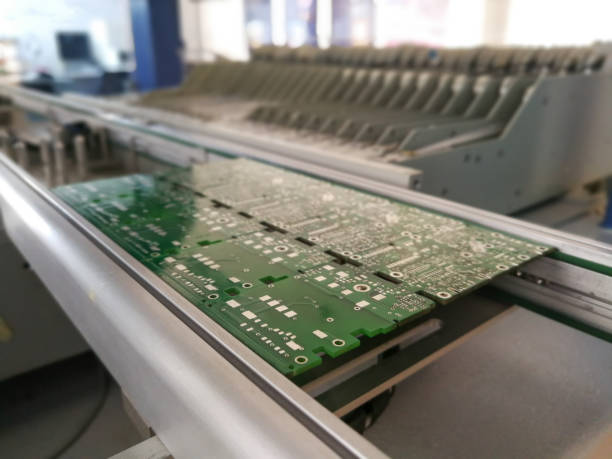
The PCB with components, which are spread in applying solder paste, is then put in the reflow oven. The liquid phase of the soldering flux is like glue, holding the paste in place while it melts and promotes the formation of solder joints between the components and the circuit board pads. This way, it creates these very robust and reliable electrical connections.
Wave Soldering
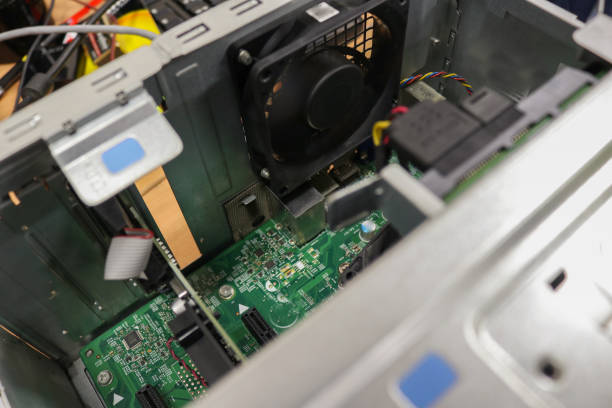
In some scenarios, through-hole component mounting is employed in the assembly of printed circuit boards. Wave solder refers to the process of the board going through a wave of molten solder, which at the same time fills and solders the through-hole components to the PCB. Considering the fact that solder paste is not used in wave soldering,.
Repair and Rework
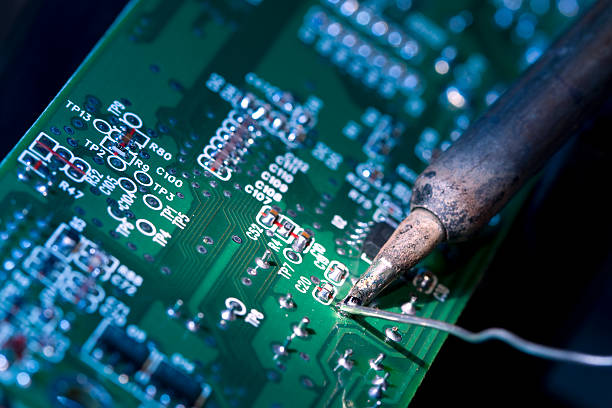
Solder paste may also be used for the purpose of pin repair and the rework (rejoining) of printed circuit boards. It gives technicians the opportunity to change or mend components on a board. It means that the technician does not have to remove the entire board.
Solder paste being one of the major factors, electronics assembling has become quick, productive, and faultless by means of fixing electronic components on PCBs.
How many types of solder paste are there?
There are two main types of solder paste commonly used in electronics manufacturing:
Lead-based solvent paste
It contains lead that acts as a softener, which lessens the critical temperature of the alloy and enhances its ability to wet the metal.
Lead-free solvent pastes
Obtained from alloys consisting of tin, silver, and copper, it is environmentally safe and perfectly suitable for use under saltwater conditions without damaging the paint.
Environmental issues have led to the promotion of lead-free solder paste, which has been widely adopted but its use is still affected by the specific designs and restrictions and very clean assembly environment.
Based on the particle size as per IPC J-STD 005 standard
Here’s a table summarizing the solder paste deposit classifications based on particle size according to the IPC J-STD-005 standard, and here is the particle size range for each classification in micrometers (µm) based on the IPC J-STD-005 standard:

This kind of understanding directs solder paste manufacturers to pick the best-fitting excess paste for each particular assembly project, guaranteeing the performance and durability of their manufactured products. Such particle size ranges are the foundations upon which a manufacturer will make the decision when choosing solder paste for various types of electronic components and applications.
Soldering process
The process of soldering is a basic welding technique used in electronic production to forge robust and ironclad conductors between electronic parts and printed circuit boards. The soldering is the step which holds the entire electric connection in electronic devices and is the rightful procedure choosing a good material is the basic requirement for a good solder joint. It means melting the filler metal (solder) and then later applying it over the join to ensure that they are strongly bonded. Here’s a detailed look at the soldering process:
Preparation
Prepare the finishing surface for soldering and apply it to the right solder composition.
Flux Application
Use flux to facilitate the removal of oxides and improve liquid flow and wetting.
Heating
It can be done by using a soldering iron, a reflow oven, or a soldering station, which will produce heat and melt solder and components.
Solder Application
Heat up the solder, making it melt properly and get into the joint line.
Cooling
Just let the joint cool on its own, or if you need it, you can use a cooling system.
Inspection
The solder joint was observed visually for inconsistencies and tested for electrical conductivity for proper operation.
Cleaning (if needed)
Cleans flux impurities by introducing efficient cleaning products; it is necessary to avoid corrosion and prolong service life.
Solder paste grades
Here’s a table summarizing the different grades of solder paste commonly used in electronics manufacturing:

The further understanding of various grades of solder paste is complete with a thorough selection process by concerned electronics manufacturers for a suitable type to enable appropriate performance and integrity.
Solder Paste vs. Solder Flux
Here’s a table comparing solder paste and solder flux:
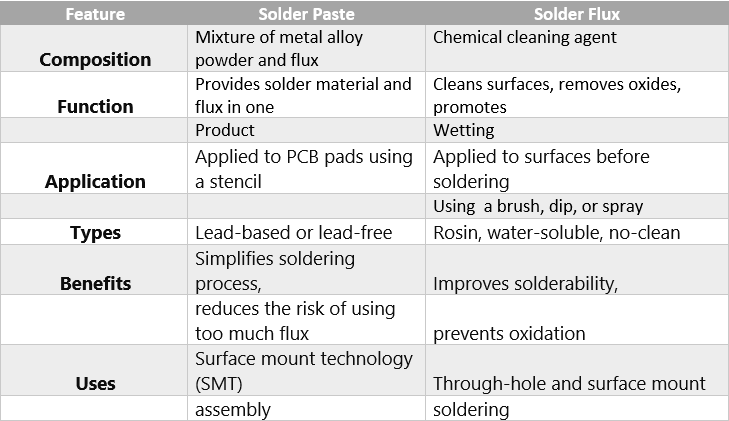
Effective working with solder pastes and solder flux is determined by a certain knowledge of their differences that helps choose the right material for particular soldering assignments, resulting in defect-free and reliable solder joints.
What Kinds of Solder Pastes Are Available?
Solder pastes come in general categories, refined for the shape of the job and different functional needs. Here are some common types of solder pastes:
Lead-based Solder Pastes
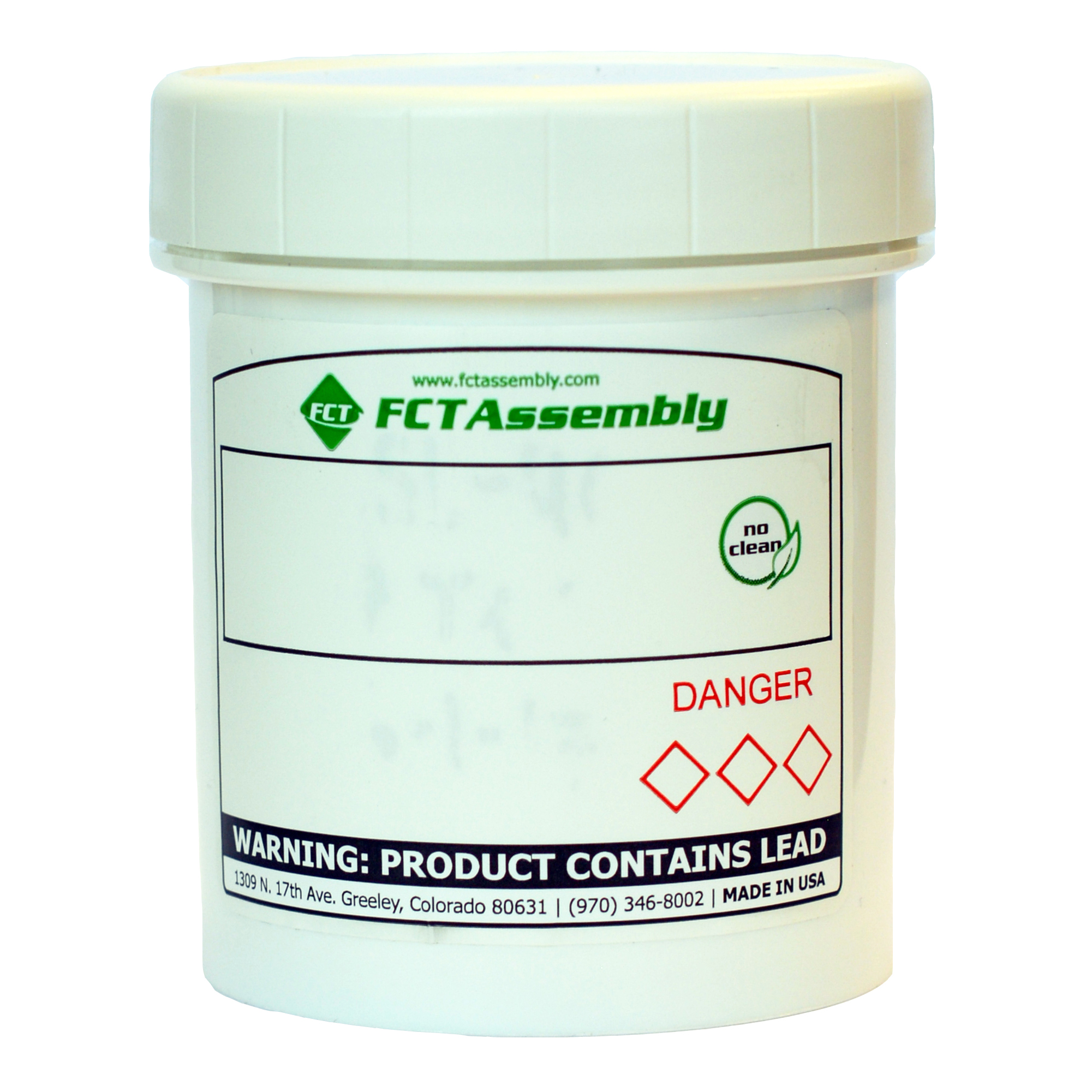
Includes lead, which drops solder joints melting temperature, resulting in wetting, ductility, and other workability improvements. But what is most important is that, these days, it serves its purpose without harming the environment due to the lead-free alternatives being adopted.
Lead-free Solder Pastes

Obtainable as intermetallics of nickel, copper, and titanium (Ni-Cu-Ti). Lead-free solder pastes are compliant with environmental regulations and are considered to of health risks for the chromosomes of operators and the environment.
No-clean Solder Paste
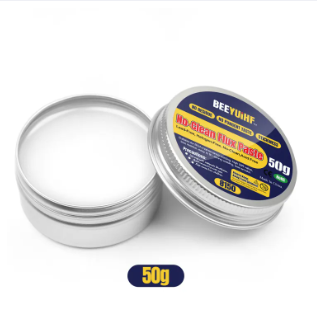
Residue left after soldering reduces to a great extent, and this also means there is no need for cleaning. Such a solder paste is, in most cases, engaged in devices that need special cleanliness or undergo cleaning processes that are impractical or impossible.
Water-soluble solvent Paste
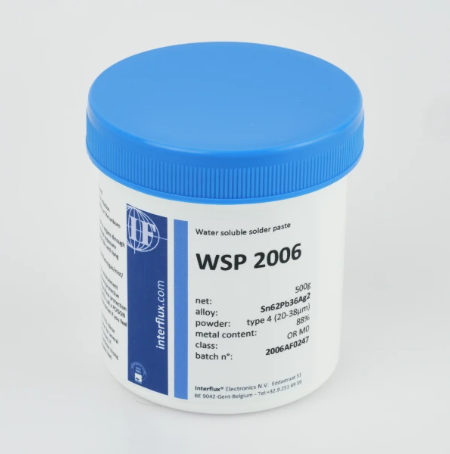
It has water soluble fluxes that would be easy to clean with running water. Also, eco-friendly solvers are expensive as they must be immersed in cleaning, but less polluting than others.
Rosin-based Solder Paste
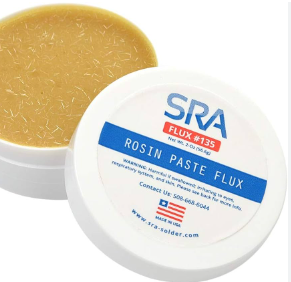
Makes use of rosin flux sourced from pine trees. Rosin flux has a good capability of intrusion, and it is typically used in electronic production.
Halogen-free Solder Paste
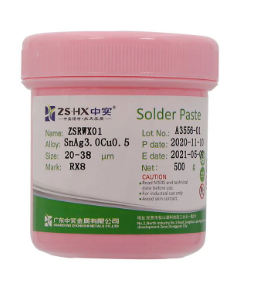
It is free of halogenated compounds, which pollute the environment. Thanks to environmental stipulating conditions, the use of halogen-free solder eutectics is getting quite widespread.
High-temperature Solder Pastes
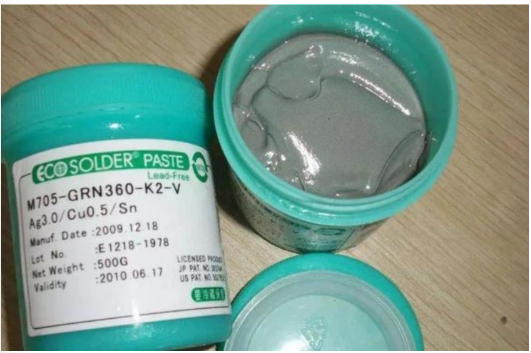
This is very suitable for automated soldering applications that are done at high temperatures, such as automotive or aerospace electronics.
Low-temperature Solder Paste
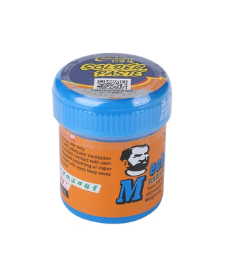
Ideal for current and newborn fragile electronic constituents and materials that cannot stand high soldering heat.
Choosing the superior solder paste is essential to ensure the reliable solder joints and, ultimately, quality of assembled electronics. Factors such as the components types, the soldering process used and environmental aspects must be deliberated on before choosing an solder paste formula for a soldering application.
Solder pastes can be split into three categories
Solder pastes can be categorized into three main types based on their composition and intended use:
Lead-based Solder Paste
Traditionally, lead-based solder pastes had a very high share in the electronics assembling sector because they were very cheap and, what’s more, had proven soldering properties. Even though some of the environmental and health problems linked with lead have affected lead as a soldering material and have been banned for good, people still come up with the use of lead-free alternatives to replace lead.
Lead-free Solder Paste
Lead-free solder pastes are the most common ones already in production in all electronics manufacturing facilities nowadays. These pastes are made up of different metals: Sn, Ag, and Cu. In some cases, other metals are added to the pastes. Environmentally-friendly lead-free solder strip exceed ecological requirements and are considered safe for workers and consumers as well.
No-clean Solder Paste
These flux pastes, no-cleans, produce less residue following soldering than the conventional flux formulations, hence no requirement for cleaning. This kind of solder paste is often used in those cleaning situations when the cleaning is not possible or is difficult, for instance, with mobile devices or complex electronic shapes.
Through the knowledge of the distinct solder pastes, an company can to decide the appropriate option for their application and consequently get the excellent solder joints and electronic products, which are the reliable one.
Using solder paste in SMT soldering has several advantages
Using solder paste in surface mount technology (SMT) soldering offers several advantages, which are summarized in the table below:

These merits that emerge from the use of solder paste allow it to be preferred by manufacturers, as it preserves reliability, efficiency, and consistency in the process of manufacture.
How Does Solder Paste Work?
Solder Paste is essential Component of electronic fabrication, especially in the case of SMT soldering. ‘It will be alloys, containing tiny solder balls and flourescent, tiny pieces.’ The flux serves multiple purposes: the process purifies the areas to be soldered and creates oxide-free surfaces while also wetting them so that fluid solder will be able to flow and bond to them. This lead-base solder is usually composed of a metal-alloy, for instance, tin and lead or lead-free versions, e.g., tin, copper, and silver. The solder paste is uniformly applied to the solder pads over the PCB assembly process with a stencil that acts as a guide, thus ensuring precision in the quantities. The process of reflow heating leads to the melting of little more solder paste, that later creates a soldering solder (a molten solder) that forms strong, reliable solder joints as it cools and solidifies.
Application of Solder Paste
Solder paste, a crucial material in electronic circuit assembly, consists of solder particles and flux. It is typically applied to PCBs using one of several methods:
- Stencil Printing: Most common for high-volume production, a stencil with cutouts is placed over the PCB, and solder paste is spread over it, depositing paste only where needed.
- Syringe Dispensing: Used for low-volume or prototype assemblies, this method involves manually applying paste with a syringe, useful for fine-pitch components or post-print adjustments.
- Jet Printing: A non-contact method that jets solder paste onto specific PCB spots, offering precision for complex or densely packed boards.
Proper application ensures the solder paste adheres correctly, meets the necessary viscosity, uses appropriate particle sizes, and follows a specific reflow profile for reliable solder joints.
Benefits of Using Solder Paste
Using solder paste in electronic assembly offers several key benefits:
- Precision: Enables precise application of solder, crucial for fine-pitch components.
- Efficiency: Streamlines the soldering process, especially in high-volume production settings.
- Reliability: Ensures strong and consistent solder joints by providing optimal flux and heat distribution.
- Reduced Defects: Minimizes soldering defects like bridging and tombstoning with controlled application.
- Flexibility: Adaptable to various application methods, catering to different assembly needs and technologies.
Solder paste storage
Storing solder paste correctly is crucial to maintain its effectiveness:
- Refrigeration: Store solder paste in a refrigerator at 0-10°C to preserve its properties.
- Sealed Containers: Keep in tightly sealed containers to prevent contamination and drying out.
- Avoid Freezing: Never freeze solder paste as it can degrade its quality.
- Warm-up Time: Allow paste to reach room temperature before use to ensure proper viscosity and performance.
- Shelf Life: Adhere to the manufacturer’s recommended shelf life to ensure quality and reliability.
Conclusion
Solder paste is a critical ingredient in the manufacturing of electronics. It helps to guarantee the quality and reliability on which we depend for the operation of our electronic components. Being familiar with its constitution, its types, and how to use them is a fundamental skill everybody dealing with electronic assembly should be aware of. By making sure that you are selecting the right solder paste for your application, you will be sure of the quality and reliability of your electronic products.





